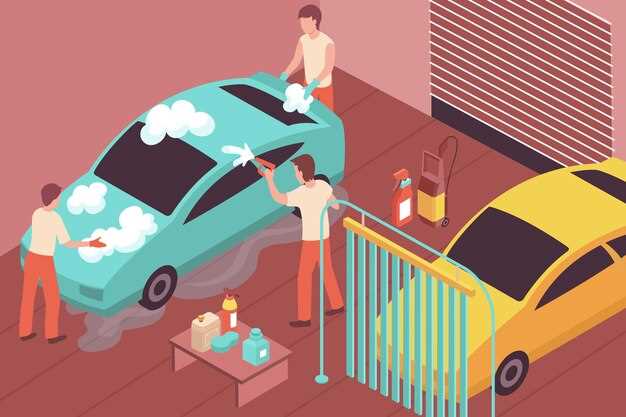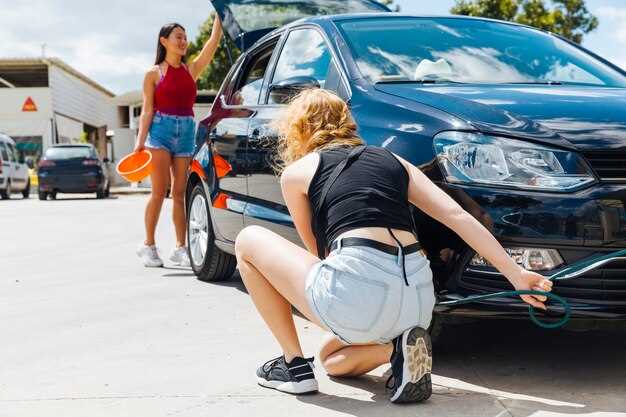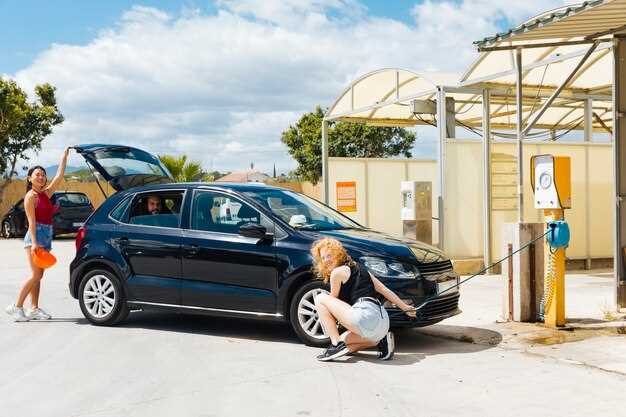
The sun is a powerful force, unleashing its rays in various forms, including ultraviolet (UV) radiation. While it provides warmth and light, these same rays can have detrimental effects on your car’s exterior. Over time, prolonged exposure to sunlight can lead to significant deterioration of your vehicle’s paint finish, affecting both its appearance and resale value.
Understanding how UV rays interact with automotive paint is crucial for every car owner. The clear coat applied over the paint acts as a protective layer, but it is not invincible. Continuous exposure to sunlight can cause the clear coat to fade, leading to discoloration and reduced gloss. This degradation can penetrate deeper layers, potentially resulting in peeling or chipping paint.
As we delve into the specifics of how sunlight impacts your car’s finish, it becomes evident that taking proactive measures is essential. Protecting your vehicle from the damaging effects of UV rays not only preserves its aesthetic appeal but also safeguards your investment for years to come.
Understanding the Impact of UV Rays on Car Paint

UV rays, emitted by the sun, play a significant role in the degradation of a vehicle’s paint finish. These ultraviolet rays penetrate the paint layers and cause chemical reactions that can lead to fading, discoloration, and a breakdown of the protective clear coat.
When a car is consistently exposed to sunlight, the UV rays can break down the polymers in the paint. This process weakens the paint structure, causing it to lose its gloss and sheen over time. The effects of UV exposure are often more pronounced on darker colors, which absorb more sunlight and heat compared to lighter hues.
In addition to fading, UV rays can also cause oxidation. This phenomenon occurs when the paint surface reacts with oxygen and sunlight, resulting in dullness and a rough texture. Oxidized paint not only looks unattractive but also loses its ability to protect the metal beneath from moisture and corrosion.
Protective measures, such as regular waxing and the application of sealants, can greatly mitigate the damaging effects of UV rays. These products create a barrier that reflects sunlight and reduces direct contact with the paint finish, extending its lifespan and maintaining its appearance.
Ultimately, understanding the impact of UV rays on car paint is essential for maintaining a vehicle’s aesthetic and resale value. Consistent care and protection can significantly reduce UV damage and keep your car looking new for years to come.
Signs of Fading to Look for on Your Vehicle
One of the most significant impacts of prolonged exposure to sunlight is the fading of your car’s paint finish. UV rays from the sun can cause gradual deterioration, leading to noticeable signs of fading. Here are some key indicators to watch for on your vehicle.
1. Dullness of Color: If your car’s once vibrant color appears muted or less glossy, it may be an early sign of paint fading due to UV exposure. The clear coat can become less reflective, diminishing the overall shine.
2. Uneven Color Changes: Look for patches or sections of your car that seem to have faded more than others. This uneven color distribution can indicate that certain areas did not receive adequate protection from the sun’s rays.
3. Clear Coat Damage: Over time, the clear coat layer protecting your paint can degrade. If you notice tiny cracks, peeling, or a rough texture, it’s usually a result of UV exposure. These issues can allow the color layer underneath to fade more quickly.
4. Loss of Luster: A significant decrease in shine is often a clear sign of fading. When the paint loses its luster, it may indicate that the protective elements have been compromised by persistent sun exposure.
5. Oxidation: This occurs when paint gets damaged by UV rays, causing it to break down. The affected area might appear chalky or dusty to the touch. Oxidation is a telltale sign that your vehicle is suffering from sunlight damage.
Being able to identify these signs early can help you take necessary measures, such as regular washing, waxing, and using UV protective coatings to preserve your car’s aesthetic and value.
Protective Measures to Preserve Your Car’s Exterior

To maintain the pristine condition of your vehicle’s paint finish, it’s crucial to implement effective protective measures against harmful rays. Prolonged exposure to sunlight can lead to fading, dullness, and deterioration of the paint. Here are several strategies to safeguard your car’s exterior:
Use a Car Cover: When your vehicle is parked for extended periods, consider investing in a high-quality car cover. This protective layer shields your car from direct sunlight, reducing the risk of UV damage and fading.
Regular Waxing: Applying a wax coat every few months creates a barrier between your car’s paint and harmful environmental elements. Wax helps reflect UV rays while providing a glossy finish that protects against fading.
Park in the Shade: Whenever possible, choose shaded areas to park your vehicle. Whether under a tree or in a garage, minimizing exposure to direct sunlight can significantly reduce the potential for paint damage.
Use UV-Resistant Sealants: Consider using UV-resistant sealants or clear coats specifically designed for automotive finishes. These products enhance the paint’s durability and provide additional protection from fading caused by sunlight.
Regular Washing and Detailing: Keeping your car clean is essential for paint preservation. Regular washing removes dirt and contaminants that can wear away the protective layers. Professional detailing can also help maintain the integrity of the paint job.
Invest in Window Tinting: Tinted windows not only provide privacy but also block harmful UV rays. This can help protect the interior and reduce overall heat inside the vehicle, further enhancing the longevity of the paint finish.
By adopting these practical measures, you can significantly mitigate the impact of sunlight on your car’s exterior, ensuring it remains vibrant and free from fading for years to come.






